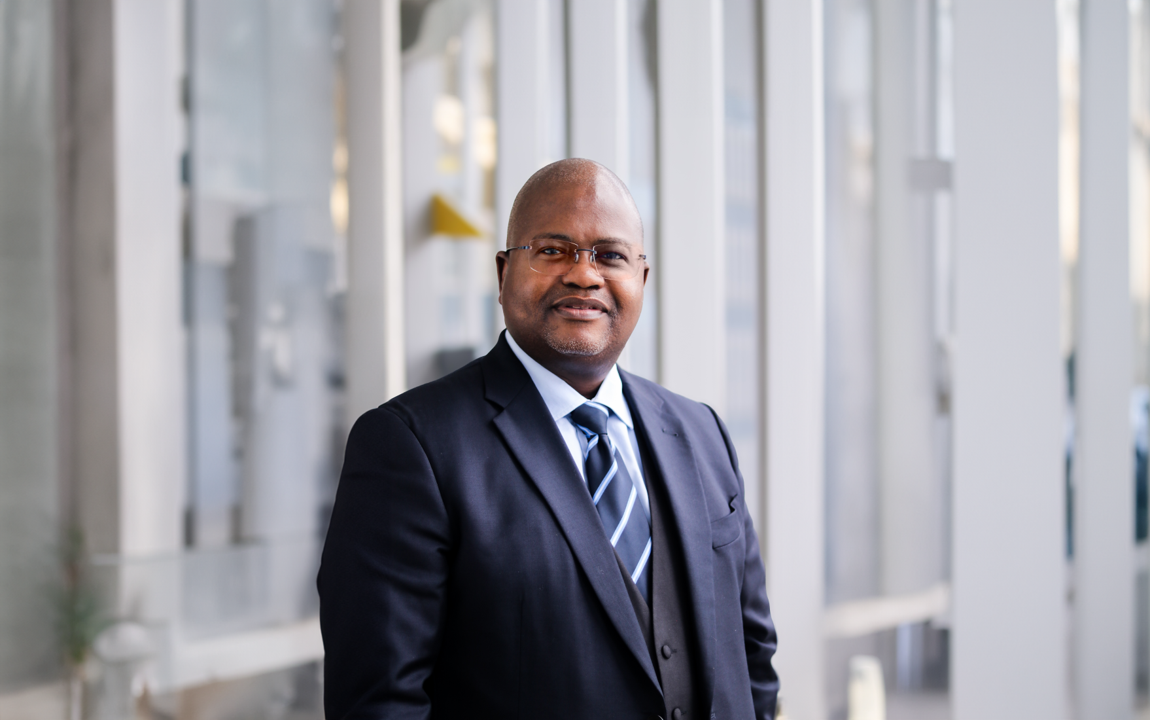EY refers to the global organization, and may refer to one or more, of the member firms of Ernst & Young Global Limited, each of which is a separate legal entity. Ernst & Young Global Limited, a UK company limited by guarantee, does not provide services to clients.

EY Africa Attractiveness Report 2023: South Africa, Egypt at forefront of FDI projects
- The 2022 calendar year saw a strong FDI rebound, led by Renewables inflows, with the West being the largest investor, while the north and southern hubs of Africa were key beneficiaries
- CleanTech became the largest FDI recipient sector in 2022, leading Africa’s FDI for the first time.
- Extractives based sector FDI inflows continue to fall, while FDI into the Services sector – particularly Tech and Business services – continues to rise.
- Egypt FDI attractiveness continues to rise in prominence as South Africa FDI inflows remain flat. The three largest economies in Africa (Nigeria, Egypt and South Africa) are currently facing economic head winds. Zimbabwe features in the Top 10 for the first time in a decade while Ethiopia and Mozambique exit the Top 10. Nigeria also lost FDI inflows momentum.
- The West remains the largest source of FDI into Africa, but the UAE became the single biggest investor into Africa. China remains one of the ten largest investors, with India moving into the Top 10 list of investors.
JOHANNESBURG, 15 November 2021 – EY has today published the 13th Africa Attractiveness Report, highlighting Africa’s return to the investment arena following a challenging period underpinned by the pandemic. The report provides insights on foreign direct investment (FDI) into the continent and identifies the areas where significant growth opportunities can be found.
The report has found that FDI attracted more than 730 projects across the continent in 2022, injecting $194 billion in capital and creating 154,000 jobs. Significantly, Egypt saw a record of $107 billion in capital for its 149 FDI projects. In East Africa, Kenya dominated the FDI landscape while Nigeria was the leading country in West Africa. The countries came in third and fourth respectively for the largest FDI regions on the continent.
“While the signs are there of Africa’s return to the investment arena, much remains to be done to ensure that its investment attractiveness continues to improve. There are encouraging signs from countries like Kenya and Rwanda that are embarking on structural economic reforms and making the business environment easier to navigate,” says Sandile Hlophe, EY Africa Government and Infrastructure Leader. “The need for reform is a central theme across the continent especially given the volatile global economic environment. Fortunately, we are seeing that economies across the continent are diversifying into sectors that stimulate local production and job creation.”
Investor profile diversifying
The US remains the largest investor in Africa by project numbers, contributing to 13% of Africa’s total investment. In capital terms, the country trails the UAE, France, and India. Last year, the US invested $7 billion across the continent, the highest since 2018. South Africa, Egypt, and Kenya were the largest recipients with key projects spanning telecoms, business services, and technology.
At $50 billion, the UAE led capital inflows into Africa – seven times more than the amount committed by US investors. FDI projects from the UAE also created more than 18,000 jobs, the most in any sector. Egypt and South Africa were the main beneficiaries, making up 95% of Africa’s total capital inflows from the UAE. Investing approximately $25 billion, the UAE has been focusing on developing Egypt’s CleanTech sector. It is also developing The Parks, a massive net-zero sustainable city in South Africa costing $20 billion.
For its part, China’s share of FDI into Africa fell to less than 3%, a significant drop from 11% in 2018. Yet, the country’s cumulative FDI between 2016 and 2022 sees it ranked fourth by projects, while it comes second by capital investment, behind the UAE. Its investments are very job intensive, as it creates more jobs per FDI project than any other investing nation.
A spotlight on CleanTech
CleanTech emerged as a leading FDI sector with the report identifying opportunities for healthcare, digital technology, renewable energy, and agriculture – all of whom have shown resilience and growth potential. On a project count, CleanTech services accounted for more than half of Africa’s total FDI in 2022 and created almost a quarter of the total jobs on the continent.
“EY has long been of the view that more services-oriented FDI leads to more sustainable growth, supports urbanisation, and helps address poverty reduction, as it is focused on middle class consumers and workers with rising incomes and aspirations,” says Hlophe. “The rise in CleanTech investment has been driven by a ‘green revolution’ in Africa with many countries beginning to harness renewable energy infrastructure. There remains a significant deficit of clean energy as fossil fuels still make up the bulk of the continent’s power generation.” Foreign investors are looking at the opportunities that this leaves open with the UAE and France leading the renewables investment push in Africa, followed by India and the UK. Together, these four countries provided $77 billion in 2022 with Egypt, Morocco, and South Africa the major recipients receiving over $110 billion.
A policy approach to change
South Africa, Nigeria, and Kenya, the three largest economies in Africa, are facing a fundamental unemployment challenge. Therefore, tackling youth unemployment and promoting skills development by reviewing education and skills development policies are critical. There is also a clear need to empower educational institutions to promote STEM-based skills to aid the continent’s digital transformation and innovation journey. Beyond that, governments should also consider strengthening the management, governance, and regulatory environment of skills development.
There is also a need to accelerate economic diversification and energy transition through policy changes. Given the continent’s huge clean energy potential in both solar and wind, CleanTech and renewables are strongly positioned with the sector also generating job opportunities. In fact, FDI in CleanTech created the most jobs ever last year.
Click here to download and read the Africa Attractiveness Report 2023.
About EY
EY is a global leader in assurance, tax, strategy and transactions and consulting services. The insights and quality services we deliver help build trust and confidence in the capital markets and in economies the world over. We develop outstanding leaders who team to deliver on our promises to all of our stakeholders. In so doing, we play a critical role in building a better working world for our people, for our clients and for our communities. EY refers to the global organisation, and may refer to one or more, of the member firms of Ernst & Young Global Limited, each of which is a separate legal entity. Ernst & Young Global Limited, a UK company limited by guarantee, does not provide services to clients. Information about how EY collects and uses personal data and a description of the rights individuals have under data For more information about our organisation, please visit ey.com. This news release has been issued by Ernst & Young Services (Pty)




